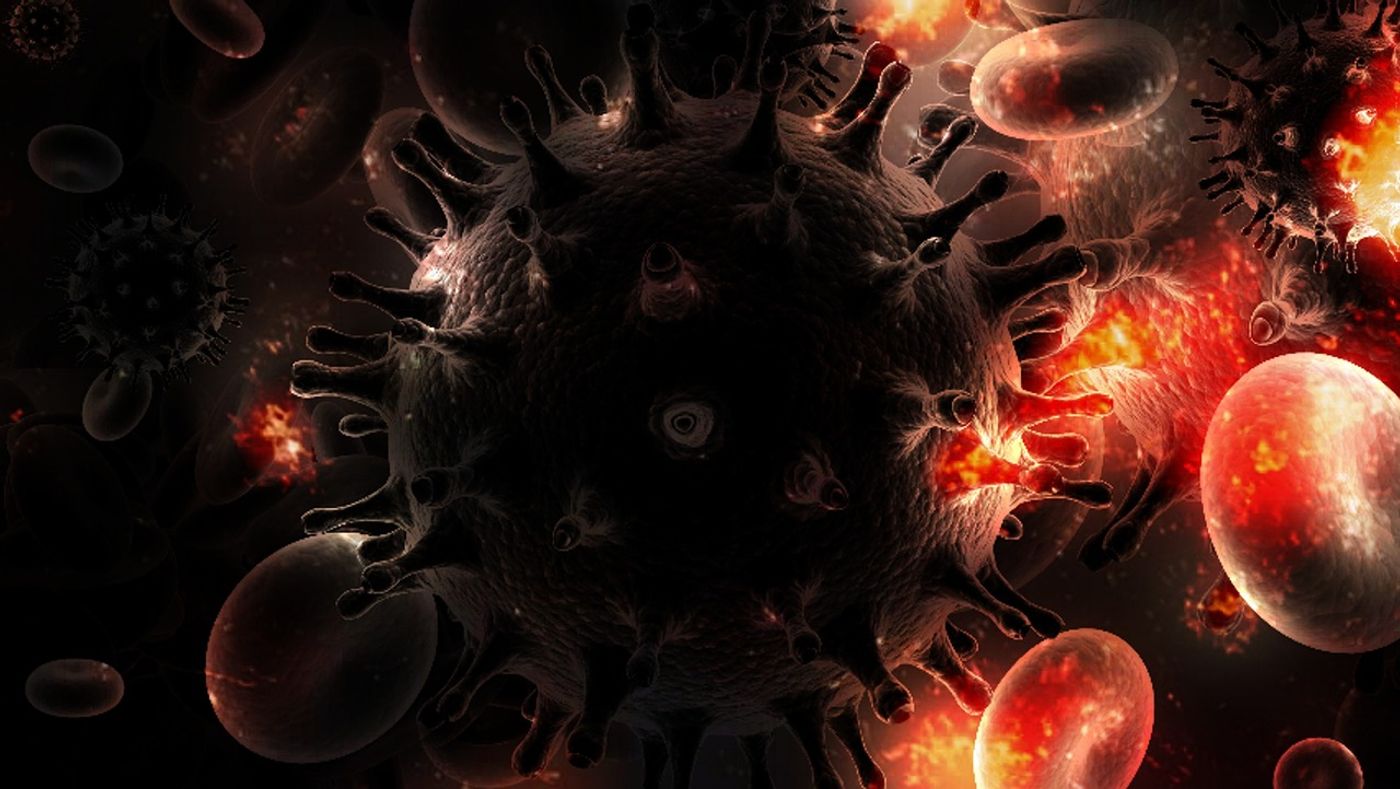HIV Infection Doubles Risk of Heart Disease
In 2016, 36.7 million people worldwide were living with HIV/AIDS, 2.1 million were children under the age of 15, with 5,000 new infections per day. One million people died from AIDS-related illnesses in 2016, with a total of 35 million deaths since the start of the epidemic. Recent research has now shown that individuals infected with HIV are twice as likely to suffer from heart disease.

A recent study from the University of Edinburgh, funded by the British Heart Foundation and published in Circulation, looked at the association between heart disease and HIV on a national, regional and global level. They utilized 5 databases to look at 153 countries and 800,000 people, assessing rate of heart disease in individuals with HIV and the number of years lost from death or ill-health in each country, referred to as the “health burden”. Over the last 26 years the rate of heart disease due to HIV increased from 0.36% to 0.92%, and the years lost from death/ill-health from 0.74 to 2.57 million. Researchers found that two-thirds of the burden of HIV-associated heart disease was in sub-Saharan African and Asia Pacific regions, with the highest burden observed in Swaziland, Botswana and Lesotho. The rate of heart disease in HIV infected individuals was 61.8 per 10,000 persons per year, while heart disease rates in those without HIV was 2.16.
Currently the link between heart disease and HIV is not fully understood. Scientists believe that HIV may cause inflammation of blood vessels which puts pressure on the cardiovascular system. It is also possible that increased fat levels in the blood during HIV infection affects the body’s ability to regulate sugar levels which may contribute to heart disease. This study has many important implications and emphasizes the importance of planning preventative policies in low resource countries where HIV rates remain high and heart disease is growing. "The effects of one disease on another are often poorly understood. But, with an ageing population, the number of people living with more than one disease will continue to rise. It's essential we build our understanding of the interplay between conditions, so we can give patients the best treatments and advice." Said Jeremy Pearson, Associate Medical Director at the British Heart Foundation.
To read this study click here. TO learn more about the science behind HIV/AIDS watch the video below!
Sources: HIV.gov








